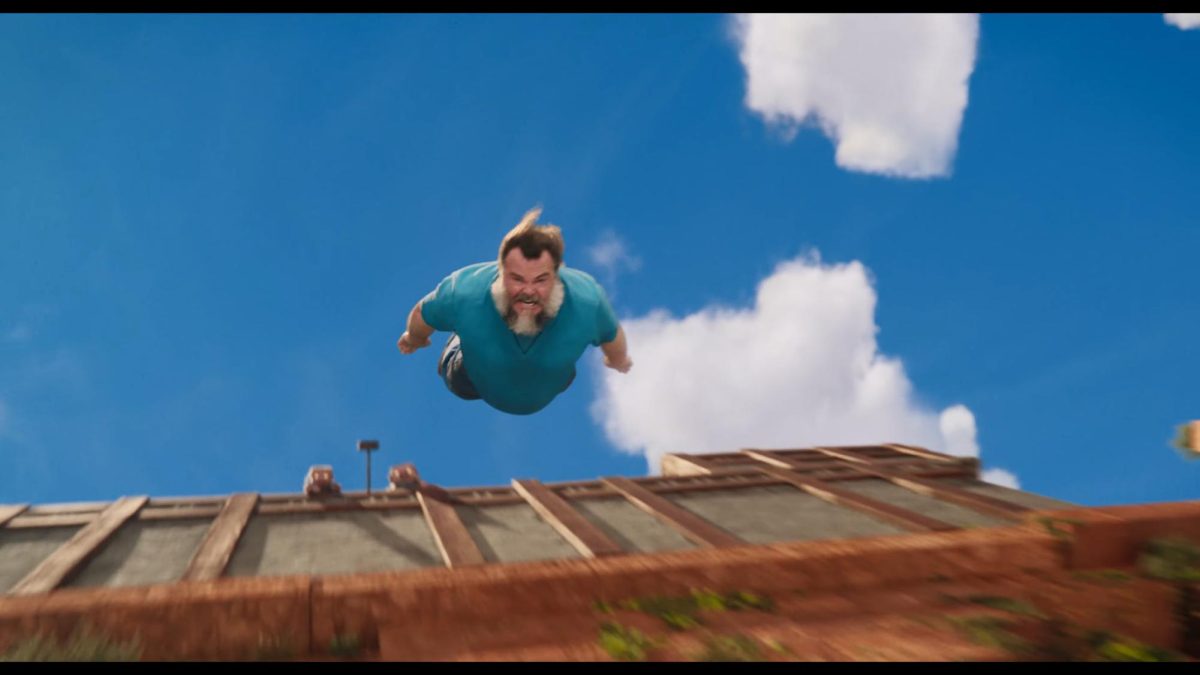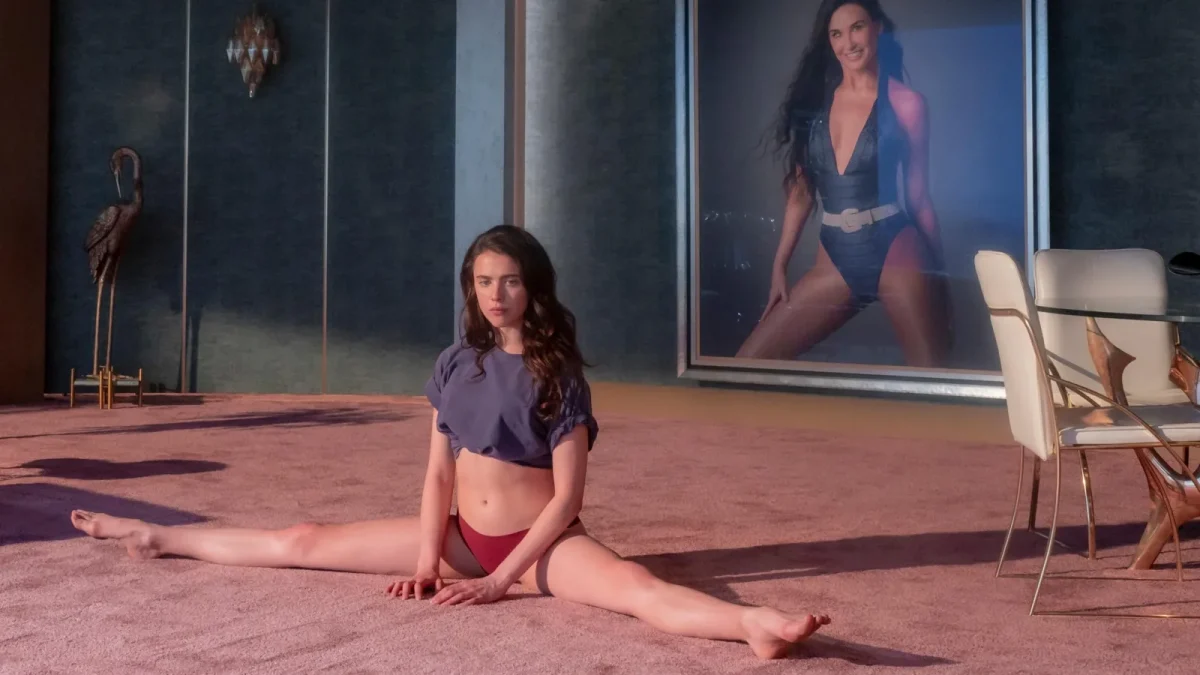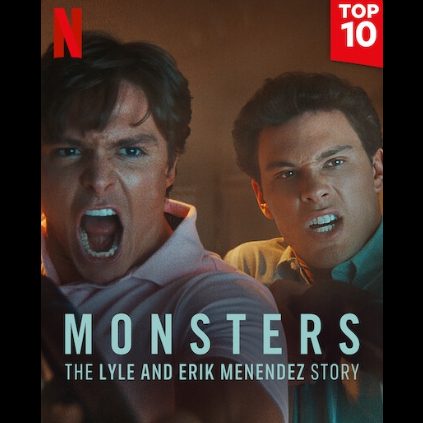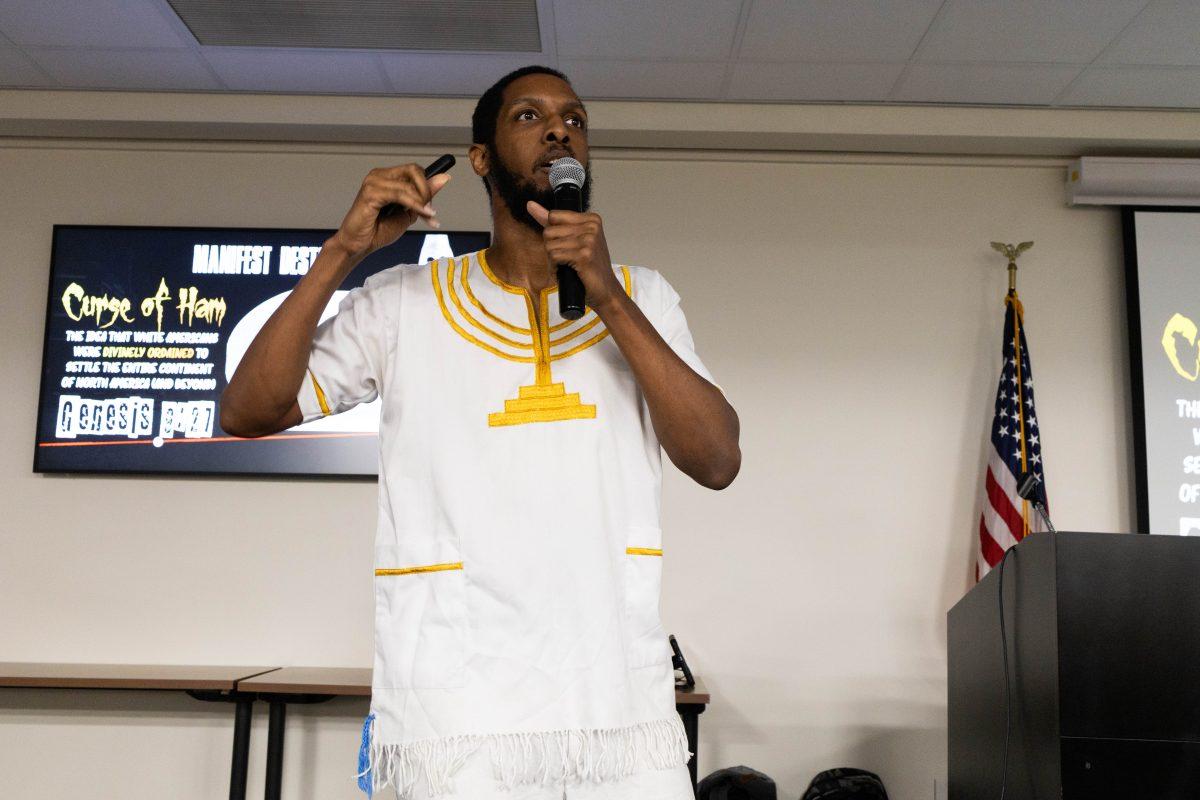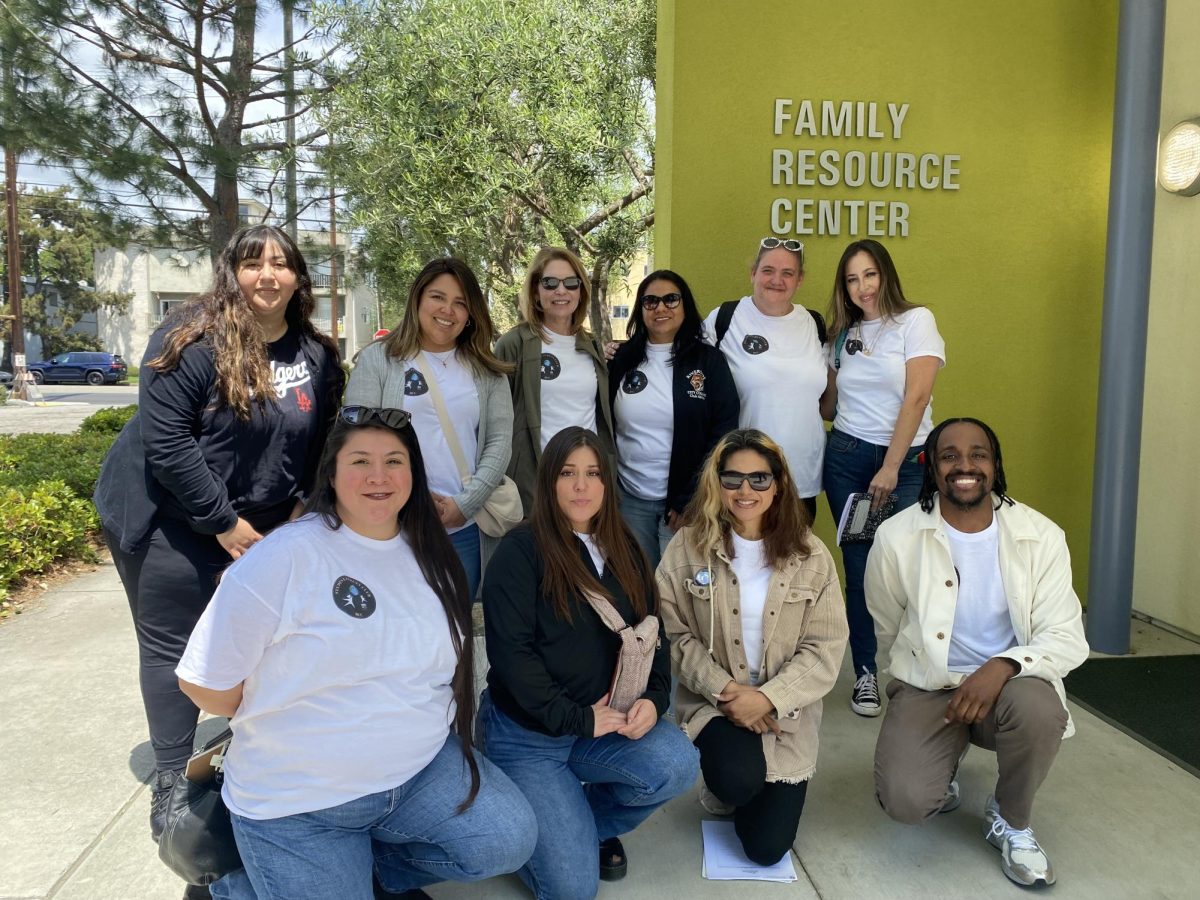By Alyssa Aldrete | Asst. Inscape Editor
When the big-screen version of a published novel makes its debut, it is almost automatically subject to the scrutiny of literary snobs that worship the original prose. Granted, this behavior usually comes from Twilight and Harry Potter fanatics obsessing over every minor detail from the page to the screen.
However, in the case of the latest depiction of F. Scott Fitzgerald’s infamous novel “The Great Gatsby,” this scrutiny may be justified.
The famous American author’s third work, originally published in the spring of 1925, has been a musthave in classroom curriculums for generations.
In its mere 9 chapters, it paints as vivid a picture of “the roaring twenties” as our minds will never realistically know, while simultaneously telling the charmingly heartbreaking tale of Jay Gatsby.
In each of its retellings, be it for theatre, television or motion picture, “Gatsby” has been interpreted uniquely, and Baz Luhrmann’s vision is no exception.
The director/producer demonstrates accuracy and creativity, at times lifting dialogue and narration straight from the dried ink of Fitzgerald, while bringing to life the pages of description in a way that can only be thought up within the most artistic imagination.
The visual acuity is arguably one of the primary factors that draws crowds for this particular telling of the tale. From beginning to end, “Gatsby” displays some of the most beautiful visual representations of a story to date, complete with the colorful wardrobes, crisp-looking trees and twinkling skyscrapers that make up the fictional town of West Egg, Long Island.
The viewer is taken on a ride through these settings, in a rollercoaster-like fashion that was quite obviously done for the 3-D option (which is not recommended, as the 2-D version contains enough of this movement to induce a bit of wooziness.)
As if the dazzling cinematography is not enough, the star-studded cast of the film depicts the story in a way that would truly make Fitzgerald proud.
The tale is told through the narration of Nick Carraway (Tobey Maguire), a bond salesman that takes residence in a cottage just next door to the mysterious Mr. Gatsby. Carraway makes it a point to visit often with his cousin Daisy Fay Buchanan (Carey Mulligan), an enchanting debutante and her wealthy, arrogant husband Tom (Joel Edgerton), and by doing so, introduces the audience to these characters early on.
The title character is introduced thirty minutes into the film, modestly walking through another one of the lavish, extravagant parties he so infamously hosts.
The sophisticated and confident embodiment is captured by Leonardo DiCaprio, in such a way that acquires the viewer’s warm recognition right off the bat.
What unfolds between these characters are a series of confessions, lies, romances and betrayals that tell an exaggerated but universal truth about what happens when a heart is silenced for too long.
The only foreseeable detail the aforementioned literary snobs may negatively comment on is the lack of mentioning the subtle relationship between the narrator and Daisy’s best friend Jordan Baker (Elizabeth Debicki), but it is quite justified.
For this is a tale intended to be told about the great Jay Gatsby, a tragically optimistic man whose unwavering belief in love continued to beat on, stretching farther into the past than many of our own hearts allow.

